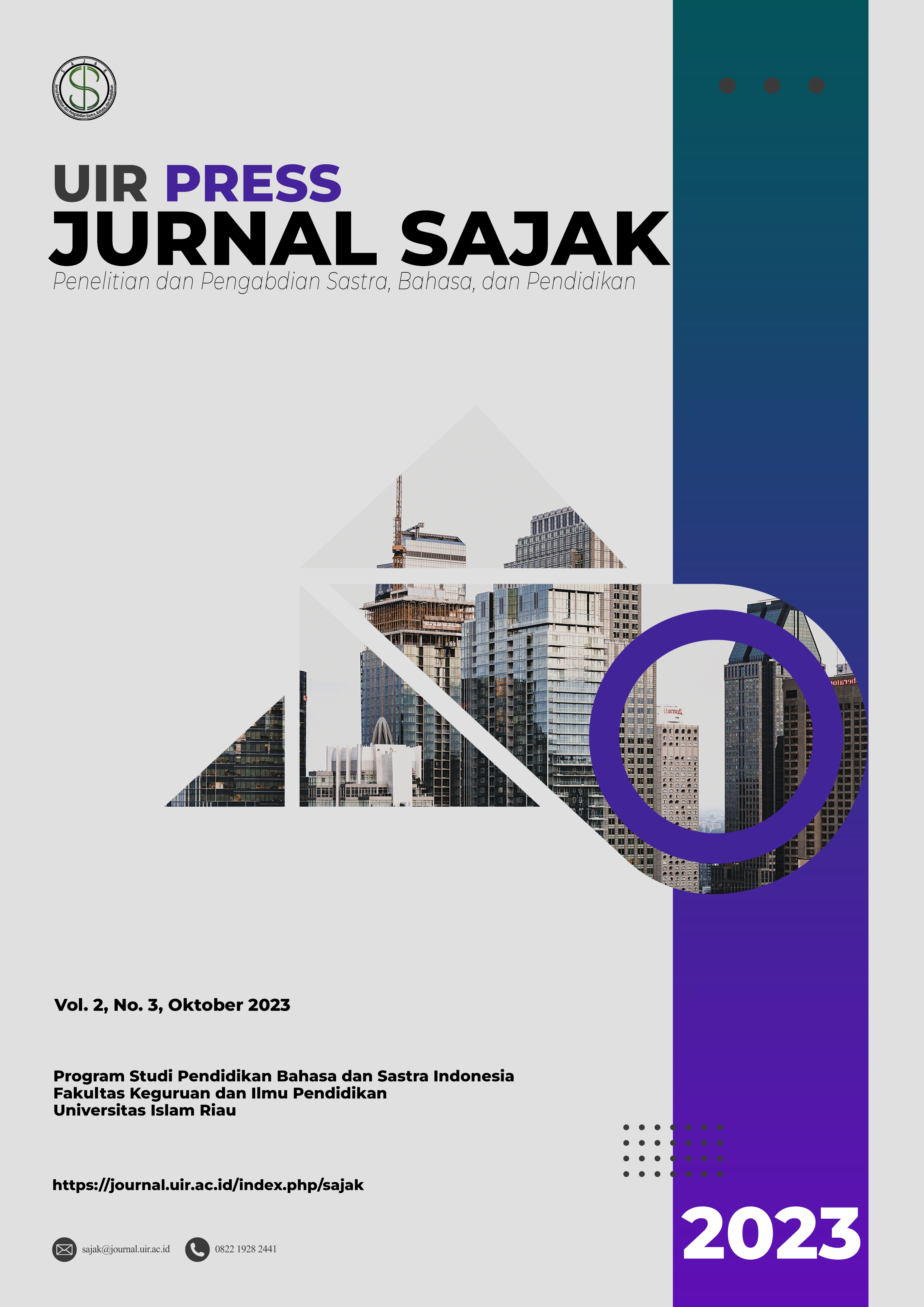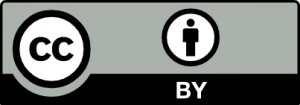Pelatihan Merancang Soal Literasi Membaca Menggunakan ChatGPT untuk Guru-Guru di SMAN 2 Tapung Hilir
Keywords:
reading literacy questions, ChatGPT, teacherAbstract
This service aims to improve the quality of student literacy learning at SMAN 2 Tapung Hilir through training in designing reading literacy questions using ChatGPT. Training includes a basic understanding of ChatGPT, techniques for designing effective questions, and utilizing relevant ChatGPT features. Through the training stages, teachers demonstrate their ability to apply newly acquired knowledge. Hands-on practice using ChatGPT provides valuable experience, with guidance from resource persons to ensure in-depth understanding. Group discussions and question and answer sessions facilitate the exchange of experiences and ideas among participants. Next, the practice and assessment stages provide opportunities for teachers to test their understanding through concrete practice tasks. Assessment of the quality of questions and constructive feedback strengthens the learning process. The results of the questionnaire showed a high level of satisfaction from participants, illustrating that this training provided significant benefits for teachers
Downloads
References
Gašević, D., Siemens, G., & Sadiq, S. (2023). Empowering learners for the age of artificial intelligence. In Computers and Education: Artificial Intelligence. https://doi.org/10.1016/j.caeai.2023.100130.
Dwivedi, Y. K., Kshetri, N., Hughes, L., Slade, E. L., Jeyaraj, A., Kar, A. K., Baabdullah, A. M., Koohang, A., Raghavan, V., Ahuja, M., Albanna, H., Albashrawi, M. A., Al-Busaidi, A. S., Balakrishnan, J., Barlette, Y., Basu, S., Bose, I., Brooks, L., Buhalis, D., … Wright, R. (2023). “So what if ChatGPT wrote it?” Multidisciplinary perspectives on opportunities, challenges and implications of generative conversational AI for research, practice and policy. International Journal of Information Management, 71. https://doi.org/10.1016/j.ijinfomgt.2023.102642
Suarcaya, P., & Prasasti, W. D. (2017). Investigating students’ critical reading: Critical literacy in EFL setting. Electronic Journal of Foreign Language Teaching, 14(2).
Andrade, M. G., Soares, F. S., Santos, A. L., & Gama, J. (2021). ChatGPT: Improving Language Understanding and Generation by Chatting with the Model. arXiv preprint arXiv:2106.12608
Pusmenjar. (2020). Desain Pengembangan Soal AKM. Kementerian Pendidikan dan Kebudayaan.
Pusmenjar. (2020). AKM dan Implikasinya pada Pembelajaran. Kementerian Pendidikan dan Kebudayaan.
Kuo, J. min. (2013). Implementing Critical Literacy for University Freshmen in Taiwan through Self-Discovery Texts. Asia-Pacific Education Researcher, 22(4).
Moodley, V. (2013). In-service teacher education: Asking questions for higher order thinking in visual literacy. South African Journal of Education, 33(2).
Nurgiyantoro, Burhan. (2010). Penilaian Pembelajaran Bahasa Berbasis Kompetensi. Yogyakarta: BPFE.
Fischer, C., Bol, L., & Pribesh, S. (2011). An investigation of higher-order thinking skills in smaller learning community social studies classrooms. American Secondary Education, 39(2), 5-26.
Thompson, T. (2008). Mathematics Teachers’ Interpretation of Higher-Order Thinking in Bloom’s Taxonomy. International Electronic Journal of Mathematics Education, 3(2), 96-109.

























